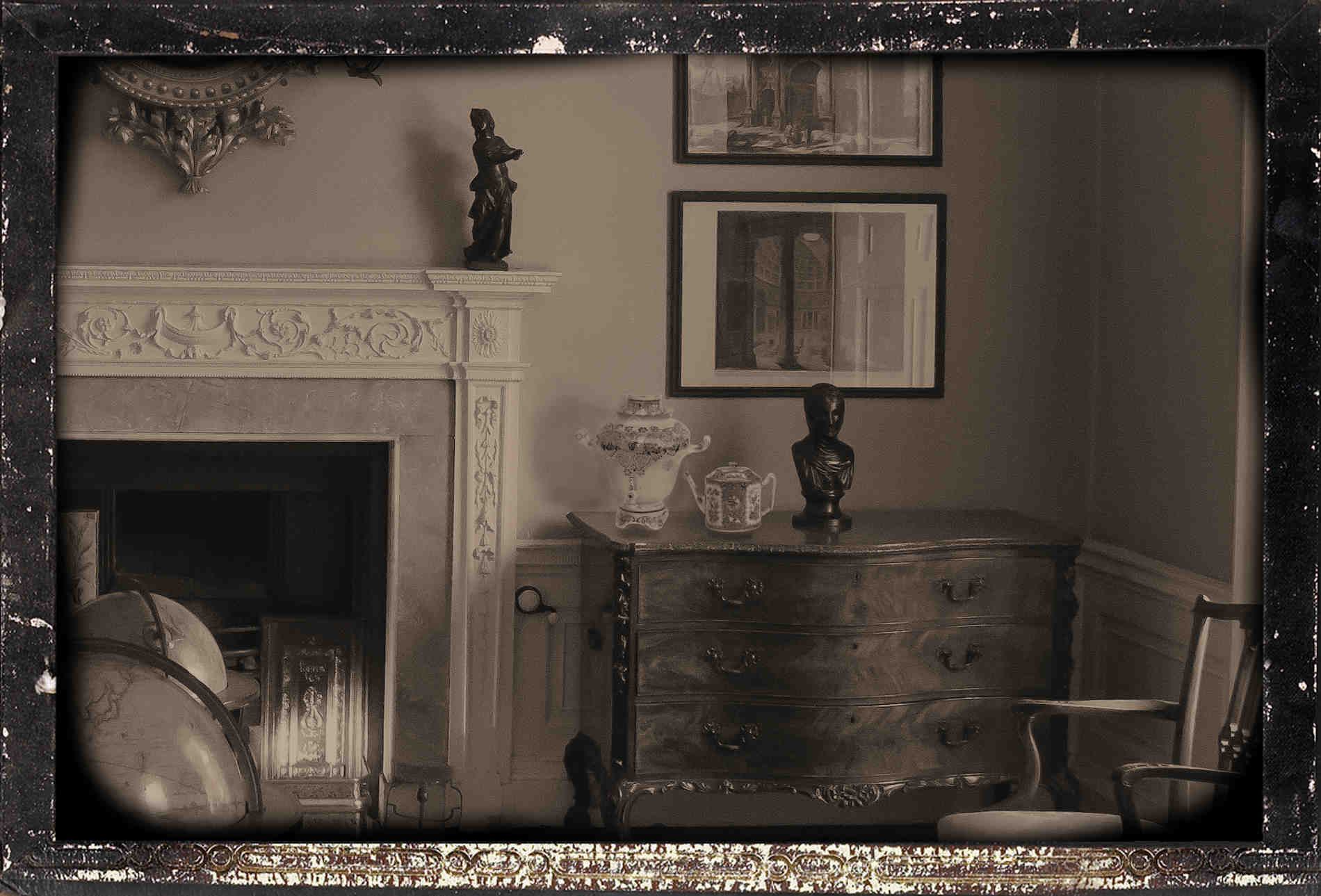A family death returned a lost acquaintance to us.
Mater and Pater were discussing a great great grandfather (humans are so
short-lived) which, at last, answers one of my perennial puzzles – right there
on the unstained tablecloth.
Mater’s iPad displayed a faded print lost in time among the family collection, of – you guessed it – me, perched beside a quaint Turkish samovar.
There she was, a long-missed acquaintance and precious friend whom I lovingly recall was jocosely named Damla (“Drop of water”).
The conversation during this morning’s tea revealed that we were separated when that venerable old family disintegrated and the valuables were scattered to rather uncaring descendants. An email had arrived from a cousin of Mater asking if she wanted “the silly old urn” because it might be a family heirloom and the cousin wanted to be sure before leaving the odd piece on Vinnies’ doorstep.
Mater and Pater were delighted. They knew fairly well my life story. And the dimming portrait attached to the cousin’s epistle conclusively matched Damla to moi. If only I could say out loud my lost companion’s name and alert the house custodians to our comradeship. But they had already guessed it. The excitement lit both their faces as they spoke of bringing Damla back to her deserved place beside me, and hastily arranged a reply that would ensure her quick despatch whilst intimating neither an acquisitive air nor hinting in any way at Damla’s pecuniary worth.
By now you are wondering, perchance, what a samovar is. That is a story steeped in generations of tea leaves.
Ye of British culture might believe your empire to be the world’s greatest tea drinkers, notwithstanding the beverage guzzlers in the land from whom was thieved original tea plants by those plundering colonial pickpockets, The East India Company.
While brewing the leaves of pretty well any suitable plants has been a native habit across the globe for millennia, when actual tea (sinensis/camellia) arrived in Europe (quite recently, a mere three centuries ago or so) it competed with coffee until both became established – which makes one wonder what the savages of Europe drank before that.
You would, upon cursory research, determine the samovar to be a Russian contrivance. Well, it was, maybe, but Damla is, as mentioned, a Turkish one, and those are considerably less fiddly and less idiosyncratically ornate. They are quite functional, comprising a small teapot upon a larger kettle. The teapot brews its very strong tea while heated by the urn below that boils water. That water is used to dilute the tea according to taste.
The next part of the story is a surprise to Pommies one suspects. Turkey, as established by ingestion statistics, has the highest tea consumption in the world per person, beating Poms by 20 per cent. Turkey was originally a nation of coffee drinkers, and only when coffee became prohibitively expensive a century ago did it turn to tea. The Russian samovar was adapted to a more utilitarian and practical arrangement, of which Dalma is a divine and attractively ornate porcelain exemplar.
There is a large “but” at this point. Sadly for Dalma, gladly for me, the teapot was long ago separated, she knows not when, it knows not where. So long ago she cannot recall its face. I learned all that when we were together.And at the time I pointed out that the teapot was a matched article and so its face must have been just like hers – beautiful.
Good news, is it not? The teapot of such radiance would rend me with irrepressible jealousy. You know the old saying: two teapots is a crowd.